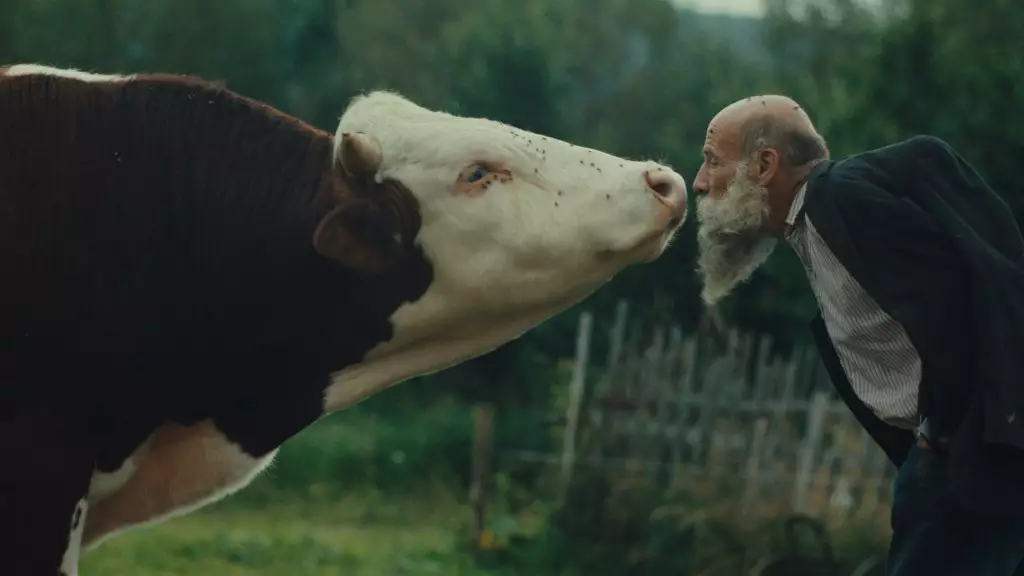In a world obsessed with authenticity, there’s an inherent danger in celebrating those who live on society’s fringe without critically examining what that life truly represents. Films that romanticize rural or marginalized lifestyles often distract us from the more uncomfortable realities—such as emotional disconnection, societal stagnation, or even the pitfalls of intentional retreat. The recent documentary spotlighting twin brothers in the bohemian backcountry exemplifies this tendency. Its portrayal of their rugged, self-sufficient existence invites admiration but can obscure the deeper questions about why this life remains unaltered and unchallenged. What appears to be raw authenticity is sometimes just a carefully curated narrative meant to idealize marginalization, ignoring the nuanced struggles beneath.
Celebrating Eccentricity or Avoiding Responsibility?
The film crafts a charming portrait of two aging men living in a decaying farmhouse, characterized by drinking, crude humor, and philosophical musings overheard by a narrating bull. At surface level, their independence and autodidactic pursuits seem admirable, even inspiring. However, this “free spirit” characterization skirts over questions of purpose and social engagement. Is their lifestyle a genuine rejection of societal constraints, or merely an avoidance of confronting the demands of modern connectedness? The film implies a heartfelt love of land and independence but often sidesteps the deeper implications of their social detachment. When society seems to have “moved on,” these characters appear content to remain static, perhaps out of fear, familiarity, or a desire to escape accountability.
The Illusion of Rebellion as a Virtue
There’s a hollow appeal in portraying these brothers as rebels against modernity, especially when their “rebellion” is simply a refusal to adapt or evolve. Their participation in the Velvet Revolution, briefly mentioned, reveals that they once stood for change—yet decades later, they seem to choose stagnation over progression. This selective heroism raises critical questions about how we valorize a past activism that has seemingly tapered into a nostalgic, almost performative rural life. Such a portrayal risks turning political resistance into romantic escapism, where resistance becomes disconnected from continuous social responsibility. It’s an elegant distraction that sidesteps the discomfort of accountability and societal renewal in favor of nostalgic idiosyncrasy.
Surface Charm Versus Political and Emotional Depth
While the film offers amusing moments—like a naked stroll by the train or bovine intimacy—the deeper layers remain elusive. The brothers’ candidness about their past, their intellectual pursuits, or visions for their future is minimal, cloaked in humor and muddy banter. This design choice limits the audience’s understanding of their inner worlds. Instead of genuine vulnerability, what we get is a commodification of their eccentricity—an aesthetic presentation of poverty and independence wrapped in a package that’s easy to digest. It’s a form of voyeurism that feeds on the allure of rustic authenticity, while subtly avoiding uncomfortable truths about emotional trauma, potential regret, or the costs of perpetual retreat from societal responsibilities.
The Specter of Self-Delusion in the Rural Myth
The film’s depiction of these characters prompts a broader reflection: how often are we seduced by the image of the rugged individualist as an emblem of authenticity? This romanticization fosters a false narrative that living outside societal norms equates to spiritual or moral superiority. Yet, underneath the picturesque exterior, there can lie a profound disconnection—an abandonment of social bonds and the responsibilities that come with active citizenship. The brothers’ isolation, while seemingly idyllic, may be an echo chamber of unprocessed trauma, unfulfilled aspirations, or simply an aversion to change. Recognizing this shifts the conversation from admiration to critique, urging us to discern whether such lifestyles should be celebrated or scrutinized for the deeper implications they carry.
The Power of Critical Engagement
Understanding that these portrayals are often curated narratives helps foster a more nuanced perspective. Instead of uncritically indulging in the “quirky profoundness,” we must interrogate the societal structures and personal choices that sustain these secluded existences. Is their detachment a form of resistance, or a silent resignation? Is their independence a testament to resilience, or a barrier to growth? A more deliberate engagement involves questioning the broader social fabric—how communities can support meaningful integration rather than romanticize the myth of the lonely, wise outsider who has “chosen” marginality as a virtue. It’s only through this critical lens that we can avoid the superficial allure of authenticity and confront the often uncomfortable truths hidden beneath.
In essence, such films and portraits serve as a mirror—reflecting our own proclivity to elevate eccentricity and marginal living while neglecting the underlying social, emotional, and political realities. The danger lies not in celebrating difference, but in allowing


Leave a Reply